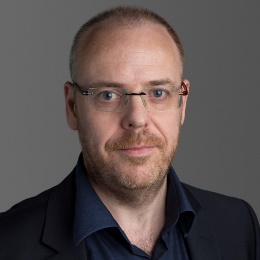
The Energy Revolution Driven by Thin Film Processing
Applied Materials, Germany
Abstract: Since its introduction in 1991, Lithium ion battery (LIB) technology has come to dominate energy storage used in the majority of mobile consumer electronic devices in use today. Current LIB’s are capable of reaching energy storage densities of up to 250 Wh/kg or 700 Wh/l & whilst sufficient for small scale consumer electronic device applications these values are not yet at the level that are ultimately required to enable the ubiquitous use of batteries to power both electric vehicles (EV’s) & electric vertical take-off & landing aircraft (EVTOL’s).
A major source of this energy storage density limitation is the current energy storage capacity of the graphite based anode within the battery. By switching to a silicon-based anode, this energy density can be increased also enabling significant improvements in battery charge rate. Further improvements can be gained by pre-lithiation ensuring that active Lithium losses during the first charge cycle can be safely compensated. This presentation will therefore describe the vacuum deposition of Lithium on silicon based anode materials & the resultant improvement in battery performance obtained using this approach. A path toward high volume manufacturing will also be presented.
Biography:Neil Morrison is the Chief Technologist for R2R processing at Applied’s Technology Centre in Alzenau, Germany & is responsible for defining Applied’s R&D strategy for programs for barrier films, substrate & cover glass hardcoats, touch panels, flexible electronic devices in addition to evaporation processes for the food packaging, securities & battery industries. The majority of this work is based upon the development of both R2R PVD, PECVD, dry etch & lithography hardware & process development for the deposition of device quality materials. He was awarded a PhD in Plasma & Materials Chemistry from Heriot-Watt University in Edinburgh (Scotland) & spent 7 years as a member of both research & teaching staff within the Engineering Department at the University of Cambridge in the UK.
